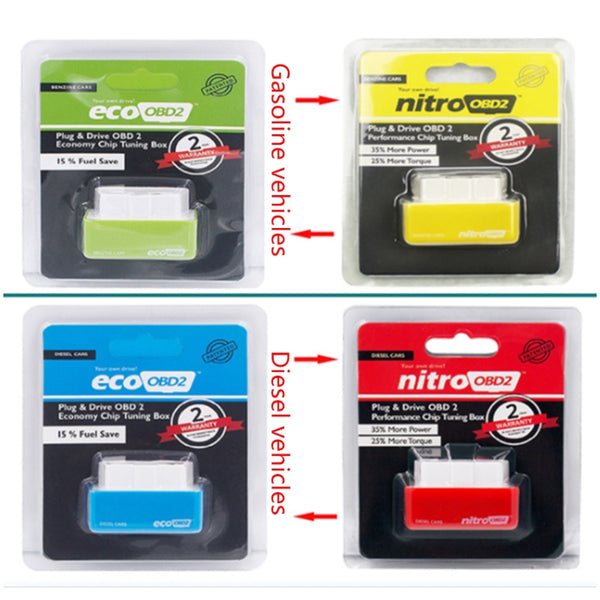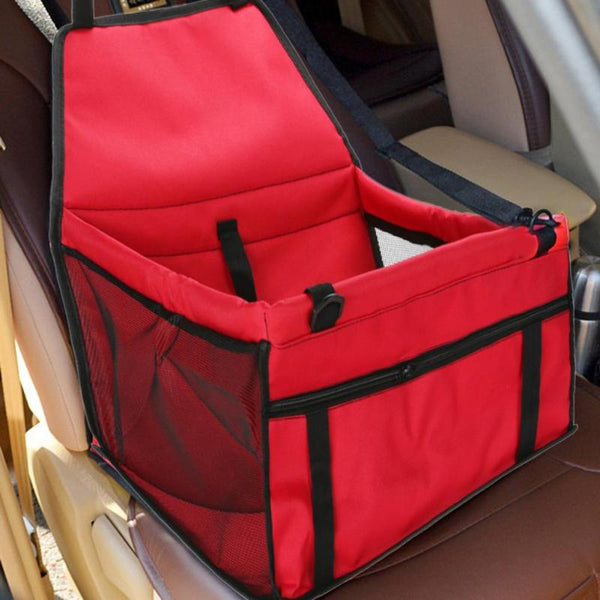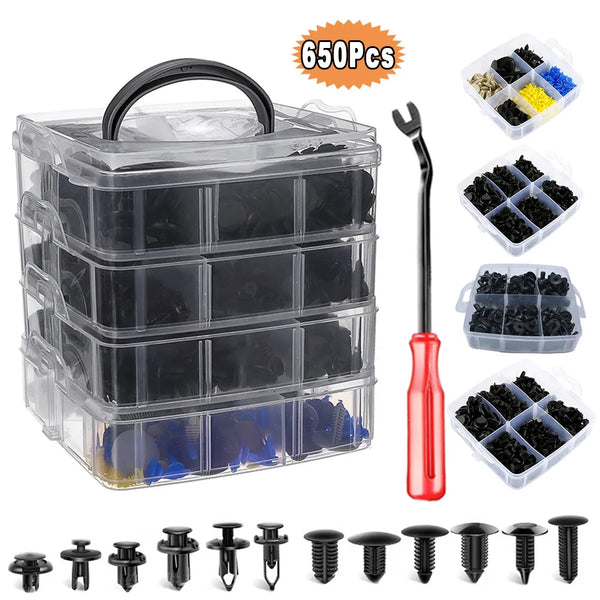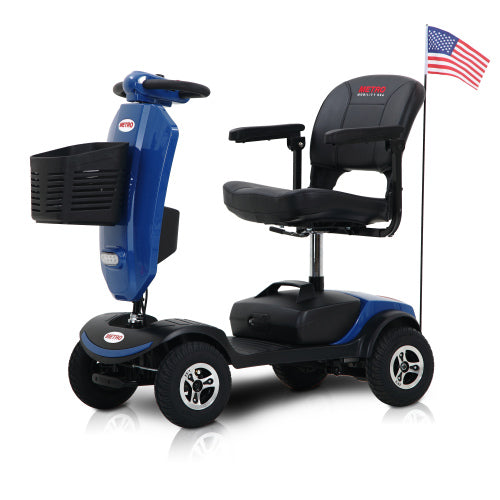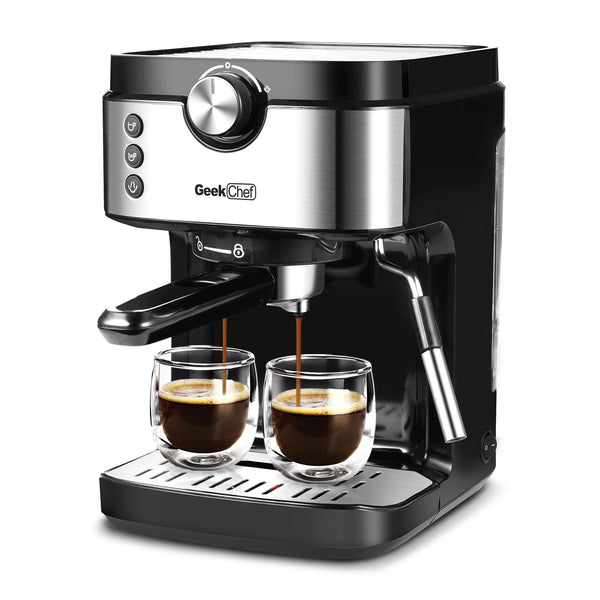Gas Saver
Gas Oil Fuel Economizer Universal Car Accessories Upgraded Gasoline Saver Car Modification Tools
How to Use a Fuel Saver
Using a fuel saver is straightforward. All fuel savers are designed to work even if you have zero car repair experience, automotive skills, or technical skills whatsoever.
In fact, as long as you can plug your charger into your phone every night, you should have no trouble using a fuel saver.
Here’s how it works:
Step 1) Buy a Fuel Saver: Buy any of the top-ranked fuel savers on our list above. All of them are proven to boost fuel efficiency or performance (or both) on your vehicle.
Step 2) Find your Vehicle’s OBD2 Port: Every vehicle made after 1996 has an OBD2 port. Your OBD2 port is to the left of your steering wheel in most vehicles.
Step 3) Plug the Fuel Saver Into your OBD2 Port: Insert the fuel saver into your OBD2 port. It should slide in without issue.
Step 4) Drive 100 to 200 Miles: Next, drive 100 to 200 miles with the fuel saver in your OBD2 port. The fuel saver tracks your driving habits, mileage, and vehicle performance.
Step 5) Let the Fuel Saver Remap your ECU: Your vehicle’s electronic control unit (ECU) controls various crucial components across your vehicle. After analyzing performance, your fuel saver remaps your ECU – just like a mechanic would remap your ECU.
Step 6) Enjoy Better Fuel Efficiency and Performance: Your fuel saver will boost fuel efficiency and performance, helping you optimize performance and reduce spending at the pump, among other benefits.
To reverse these conditions at any time and restore your vehicle’s original performance, just unplug the fuel saver. Unplugging the fuel saver immediately removes all changes made to the ECU.
What Do Fuel Savers Do?
A good fuel saver reprograms your vehicle’s electronic control unit (ECU), also known as the electronic control module (ECM).
The ECU is an embedded system in a vehicle that controls crucial functions of the vehicle. It’s a small computer that controls the engine and other components, for example, along with electrical systems in your vehicle.
When you install an OBD2 fuel saver into your vehicle, the device reprograms your ECU to be more fuel-efficient. To do that, the fuel saver might:
- Reduce electrical consumption by your vehicle during use, helping you maximize horsepower and fuel efficiency
- Optimize fuel consumption during acceleration and deceleration to reduce gas usage
- Boost fuel efficiency in dozens of other small ways, all of which add up to significant fuel savings
Even if the fuel saver reduces fuel consumption by 1% to 2% in a dozen small ways, those savings add up to significant fuel efficiency. You could save hundreds of dollars at the pump each year with an average fuel saver.
How Much Fuel Can You Save?
An average fuel saver claims to boost fuel efficiency by 10% to 20%. However, some claim to save you as little as 2% to 5% (which is realistic), while others claim to save you as much as 40% to 50% (which is not realistic).
In reality, fuel efficiency varies widely based on your driving habits, driving conditions, vehicle type, and other factors.
Some drivers will save hundreds of dollars by installing a fuel saver in their vehicles. Others will save only a few dollars.
Someone who drives significant miles in an old, inefficient vehicle, for example, will save more money than someone who drives a new, optimized vehicle.
Top 11 Best Ways to Boost Fuel Efficiency
Whether you use a fuel saver or not, there are certain proven ways to boost fuel efficiency.
Some of the best and most proven ways to boost gas mileage include:
Minimize Cold Engine Operation: Older vehicles benefited from “warming up”. This isn’t necessary for modern vehicles. Minimize cold engine operation to maximize fuel efficiency. Start the engine and drive the car normally to maximize fuel efficiency.
Avoid Rapid Acceleration and Hard Braking: This tip is obvious: rapid acceleration and hard braking are bad for fuel efficiency. In fact, studies show you can improve fuel efficiency by 10% to 40% by minimizing hard stopping and acceleration habits. Avoid accelerating quickly off a stop sign or stoplight. Or, pick a route that avoids stop-and-go traffic.
Observe Speed Limits: Most cars have maximum fuel efficiency at around 50mph. As you drive faster, fuel efficiency drops. Observe speed limits, but consider adjusting speed to maximize fuel efficiency.
Use Cruise Control: Cruise control is a good way to improve gas mileage because you avoid fluctuations. Cruise control uses the optimum amount of power necessary to maintain your current speed. You may be a good driver, but you’re not as good as cruise control for efficiency.
Avoid Rush Hour: Rush hour is the worst for fuel efficiency because you’re driving in stop-and-go traffic, which is the worst possible traffic for fuel efficiency.
Remove Unnecessary Items from your Vehicle: Every 100 lbs of weight you add to your vehicle reduces fuel economy by around 1%. If you have unnecessary items in your vehicle weighing you down, then it could reduce your mileage.
Practice Good Maintenance Habits: Change your oil when it’s time for an oil change. Follow your vehicle’s recommended maintenance schedule. Make sure the air filter is clean. Visit an auto repair shop to service your vehicle as soon as the check engine light comes on. Good maintenance leads to good fuel efficiency.
Turn Off the Air Conditioning: If you’re serious about fuel efficiency, then you’ll want to turn off the air conditioning. Instead of using the air, roll down your windows.
Maintain Optimal Tire Pressure: Tire pressure is an easy-to-overlook part of vehicle maintenance. However, good tire pressure is crucial for fuel efficiency. Follow your vehicle’s optimal tire pressure guide for the best possible fuel efficiency. According to the United States Department of Energy, Americans waste 1.25 billion gallons of gasoline – approximately 1% of total annual consumption – on under-inflated tires each year.
Check Tire Alignment: It’s not just about tire pressure. It’s also about tire alignment. Tires that are poorly aligned will be less efficient than tires that are perfectly aligned. If you haven’t checked your tire alignment, then get the professionals to check the alignment. You should also balance and rotate your tires for optimal efficiency.
Fill Your Gas Tank Early in the Morning or Late at Night: Here’s sneaky trick gas stations hate: fuel is denser in the morning and night because of temperature changes, which means you get slightly more gas when you fill up at cooler times of the day. Fuel is less dense as it heats up, so you should avoid filling up your car in the middle of the day.
What is the Electronic Control Unit (ECU)?
Your vehicle’s electronic control unit (ECU), also known as the electronic control module (ECM), is the electronic hub of your vehicle. It’s like a small computer that controls your vehicle and its components.
Your ECU controls more than just your vehicle’s electronic systems. It also controls your engine and other crucial components.
Modern vehicles have many ECUs, including:
- Engine control module (ECM)
- Powertrain control module (PCM)
- Transmission control module (TCM)
- Brake control module (BCM or EBCM)
- Central control module (CCM)
- Other computers, including the body control module (BCM) and suspension control module (SCM)
Technicians often refer to these systems collectively as your “car’s computer.” Technically, however, they’re several separate computers.
When you plug a fuel saver into your vehicle’s OBD2 port, it interacts with your ECU or ECM, which could impact multiple computers on your vehicle. A good fuel saver will try to remap vehicle performance, adjusting your vehicle’s settings in small ways to boost fuel efficiency.
Fuel Savers Work Better on Older Vehicles Than Newer Vehicles
Newer vehicles are designed to be as fuel-efficient as possible. Older vehicles may have been fuel-efficient upon release, but they’ve become less efficient over time.
You may experience more benefits by installing a fuel saver into an older vehicle than a newer vehicle. There’s more room to save fuel than you would get with a newer vehicle.
However, that doesn’t mean fuel savers are useless on newer vehicles. Fuel savers can deliver crucial insight into your vehicle and its performance, including the reason you’re getting a “check engine” light.
How Engine Remapping Works
A good OBD2 fuel saver remaps your engine by targeting your engine control unit (ECU).
Before fuel savers are launched, a mechanic needs to remap your engine to improve performance. Today, some people still get mechanics to remap their engines.
When mechanics remap your engine, they analyze vehicle performance and adjust it in small or large ways to maximize fuel efficiency. You cannot reverse these changes on your own, although a mechanic can reverse these changes at any time.
During a remap, the mechanic changes the ECU software to help the vehicle perform as close as possible to its maximum capabilities. To do that, the mechanic could:
- Increase horsepower and torque by 20% or more
- Avoid artificially restricted limits on vehicle performance
- The limit performance or emissions restrictions that impact performance and fuel efficiency
- Implement other minor and major software changes to boost efficiency, performance, or both
- Generally, engine remapping boosts torque and horsepower without significantly boosting fuel efficiency.
Overall, engine remapping is like a software update for your vehicle. A mechanic can install that software update for you. Or, a fuel saver could analyze your vehicle needs from your OBD2 port, implementing proven changes to boost vehicle performance.
Do Fuel Savers Make Permanent Changes?
Fuel savers do not make permanent changes to your vehicle.
In fact, you can reverse all fuel-saver changes just by unplugging the device from your OBD2 port.
After removing your fuel saver, your car’s central computer (ECU) will revert to its original form. It will not save any changes that are implemented.
This is different from engine remapping by a mechanic: when a mechanic remaps your engine, the changes can only be reversed by another mechanic remapping the engine.
FAQs About Fuel Savers
Our experts get plenty of questions about fuel savers and how they work. Here’s how our experts respond to some of the most commonly asked questions about fuel savers.
Q: What are the best ways to boost fuel efficiency?
A: Avoid rapid acceleration and deceleration, practice good maintenance habits, check and maintain tire pressure and alignment, and avoid rush hour traffic to boost fuel efficiency.
Q: What is an OBD2 port?
A: The OBD2 port, also known as the OBD-II port, is a connector for your vehicle’s onboard computer.
Q: Where is my OBD2 port?
A: Your vehicle’s OBD2 port is on the left-hand side of the steering wheel, typically hidden behind a small cap or flap.
Q: How do fuel savers work?
A: You plug a fuel saver into your vehicle’s OBD2 port, and it remaps your vehicle’s electronic control unit (ECU) – just like a mechanic would remap your ECU to boost performance.
Q: Do fuel savers really work?
A: Most reputable fuel savers really work to boost fuel efficiency for your vehicle. Typically, you can expect to boost fuel efficiency by 5% to 20%, depending on the quality of the fuel saver.
Q: What is engine remapping?
A: Engine remapping is like a software update for your vehicle. You’re changing the way your vehicle performs by adjusting the electronics inside your vehicle.
Q: Is engine remapping just for performance cars?
A: Engine remapping is not just for performance cars. It can increase performance and fuel efficiency in most types of vehicles.
Q: Do fuel savers work on electric cars?
A: Electric cars can be remapped in the same way as combustion engine cars. However, most consumer fuel savers are not designed to work in electric cars. Instead, electric cars have default factory settings that cannot be altered via an OBD2 port or equivalent interface.
Q: Does upgrading my electric vehicle battery improve fuel efficiency?
A: Upgrading your battery could improve fuel efficiency – especially if your battery is worn out. Adding a battery with a larger capacity and running it at a higher voltage, for example, could give you more power.
Q: How important is used car mileage?
A: Used car mileage is important for determining the performance of a vehicle. If a used car has significantly worse performance than other similar vehicles, then it could indicate problems with the vehicle.
Q: What’s the average number of miles per year on a vehicle?
A: The average driver in the United States drives around 12,000 miles per year. A 10-year-old vehicle is expected to have around 120,000 miles on the odometer.
Q: What should I do if my fuel economy is really low?
A: If your fuel economy is very low, then check for dragging brakes, check transmission shift patterns, check ignition timing, and check for other serious problems with your vehicle.
Q: Does higher octane fuel improve fuel economy or performance?
A: Higher octane fuel could improve performance and gas mileage while reducing carbon dioxide emissions, according to FuelEconomy.gov.
Q: Is higher octane fuel worth the extra cost?
A: If your vehicle requires higher octane fuel, then it’s definitely worth the extra cost to buy higher octane fuel. In most other vehicles, the higher price of higher octane fuel typically outweighs any cost savings.
Q: Does running my AC reduce fuel efficiency?
A: Running your AC will reduce fuel efficiency. Generally, you can expect a drop of 1mpg to 4mpg when running your air conditioning.
Q: How far can I drive when the low fuel light comes on?
A: There’s no specific rule, but you can generally drive an extra 40 to 60 miles at an average speed after the low fuel light comes on.
Q: Does a dirty air filter hurt gas mileage?
A: Changing the air filter could have a small impact on fuel efficiency, although this impact is minimal on modern vehicles.
Q: Should you warm up the car before driving?
A: No, you should not warm up the car before driving in normal conditions. It’s not necessary for modern vehicles. The best way to warm up your car is by driving it immediately after starting it.
Q: Do some gas stations offer better or worse fuel than others?
A: Most gas stations offer the same fuel as competitors. Whether you’re buying from a chain or an independent company, they typically buy fuel from the same sources, so there should be no difference.
Q: Does tire pressure affect fuel efficiency?
A: Tire pressure and tire alignment have a significant impact on fuel efficiency. If your tires are not properly inflated or aligned, then it can significantly impact fuel efficiency.
Q: Do fuel savers damage your vehicle?
A: Fuel savers should not damage your vehicle. In fact, fuel savers should not make any permanent changes to your vehicle. Instead, you should be able to reverse all fuel-saver changes to your vehicle simply by unplugging it.
Q: What’s the best fuel saver?
A: FIXD, ProEco Fuel Saver, Fuel Fix Pro, EcoTune, and any of the other top-ranked fuel savers on our list are among the best options available today.
Final Word
You can’t change high gas prices. But you can change your vehicle’s gas mileage.
By installing a hassle-free fuel saver onto your vehicle, you could boost efficiency by 10% to 30%, saving you hundreds at the pump.
To start saving money and boosting performance and efficiency today, install any of the top-ranked fuel savers on our list above.
Brand Name: GTEPTYO
Origin: CN(Origin)
Material Type: ABS
Model Name: Car Accessories


